The global minimum corporate tax rate of 15% is likely to disrupt the investment location strategy and the way multinational companies operate. Therefore, Vietnam needs to change its FDI attraction strategy when the global minimum tax rate is applied.
Corporate tax is not the top driver of FDI
The global minimum tax was initiated by the Organization for Economic Cooperation and Development (OECD) and has now been agreed upon by more than 140 countries. Accordingly, multinational companies with revenues of over 750 million Euros will be subject to a minimum tax rate of 15%. Organizations and countries around the world are urgently developing policies to adapt to this tax.
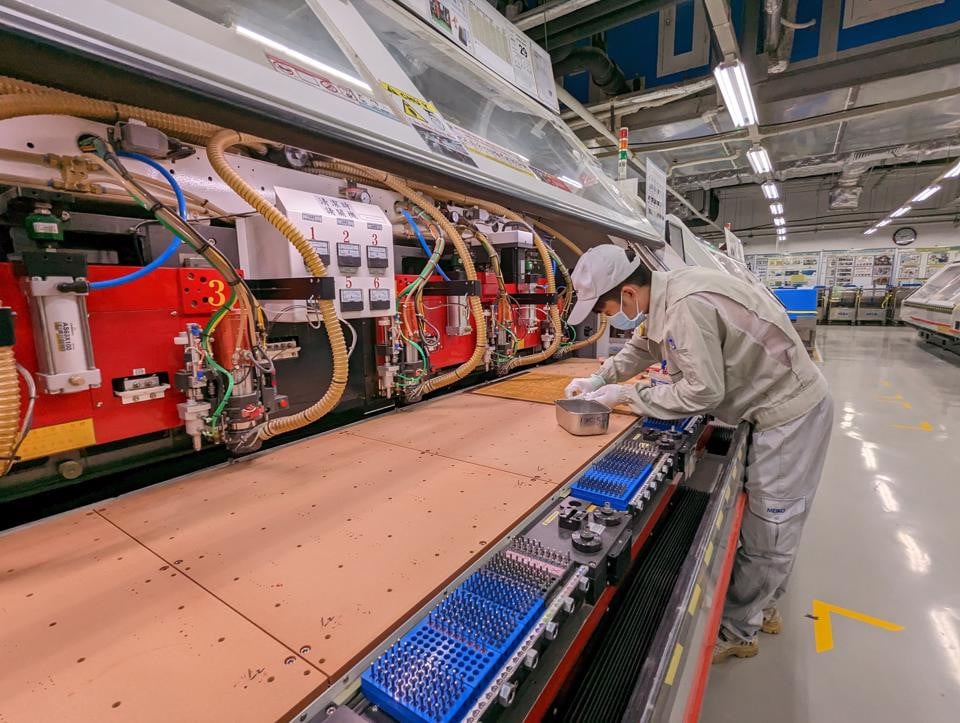
Currently, Vietnam's corporate income tax is 20%, higher than the proposed minimum tax rate. However, we are offering many preferential tax rates to foreign investors' projects such as: Preferential tax rates of 5%, 10% for up to 15 years; tax exemptions and reductions for a limited period... According to calculations, the actual tax for foreign-invested enterprises during the preferential period is on average 12.3%. Corporate tax rates are often considered a variable in multivariate FDI models. In most cases, the impact of reducing corporate tax percentage is expected to lead to an estimated increase in FDI.
However, there is no correlation between lower corporate tax rates and higher FDI levels globally. In fact, there is no significant correlation when looking at FDI per capita or when focusing only on green FDI (and green FDI per capita). Other important FDI drivers such as market size, labor, stability, business environment, etc. play a major role in driving decisions that help countries maintain competitiveness and sustainable development.
An important distinction is made when considering the impact of corporate taxes on FDI by type of business activity. Lower corporate tax rates are more likely to impact commercial centers than manufacturing center activities. For example, headquarters and sales offices would be more affected by changes in corporate tax rates.
Software and R&D activities are likely to be less affected by tax rate changes because these activities are more cost-focused and are affected less by taxes and more by the quality of labor, research, and networks.
Market-driven FDI will also be less affected by changes in tax rates. For example, the US (with a corporate tax rate of 27%) and China (25%) continue to lead the FDI rankings. This is because companies are willing to pay higher taxes in exchange for access to a larger customer base.
Proactively develop response policies
Vietnam needs to prepare in all aspects for the physical presence of Pillar II (internal assessment of capital adequacy), in the context that many countries will apply global minimum tax policies from 2024. Policies to respond to the impact of Pillar II should be developed in the short term as well as the long term.
In the short term, the application of a standard domestic minimum tax regime to gain tax collection rights should be considered early, comparing with OECD regulations as well as the issue of benefits and costs if implemented. In the long term, the tax system and tax incentives should also be considered for reform to limit the negative impact of Pillar II, ensure attracting real investment, limit activities that erode the tax base and shift profits.
The issuance of any new policy or mechanism needs to be carefully considered to ensure fairness for enterprises within and outside the scope of Pillar II, to ensure consistency with regulations on ensuring investors' rights under the current Investment Law, and to not violate international commitments and OECD regulations that Vietnam is participating in.
In supporting multinational enterprises affected by Pillar II, new forms of investment incentives based on costs, especially cash incentives, should be considered with certain advantages over income-based investment. Vietnam should consider reforming the tax incentive system to be more suitable for the new situation, in parallel with consulting and seeking advice from OECD, as well as policies being implemented by other countries.
Vietnam can adjust its current tax policy to provide appropriate incentives for multinational enterprises affected by GMT, in order to protect the interests of these enterprises when investing in Vietnam to encourage and expand investment, while also reconciling with Vietnam's interests in gaining tax rights in the context of GMT.
Along with that, Vietnam should continue to research and promote the development of other investment attraction factors besides tax incentives, such as infrastructure, labor quality, legal system... (factors that help improve Vietnam's business environment ranking).
Vietnam also needs to consider effectively implementing the 15 free trade agreements (FTAs) that have been signed and come into effect, especially the new generation FTAs recently signed with major trade partners such as CPTPP, EVFTA, UKVFTA, RCEP..., while promoting and participating in negotiations and signing FTAs with the US and other trade partners.
For multinational enterprises, they should closely monitor the development of Pillar II regulations globally as well as in Vietnam, especially the policies of the Vietnamese Government in the context of Pillar II. Enterprises should also proactively assess with their parent companies the impact of Pillar II on their business operations and structure in the short and long term, and contribute opinions from the perspective of enterprises to the Vietnamese Government in the process of building and adjusting domestic laws.
Source


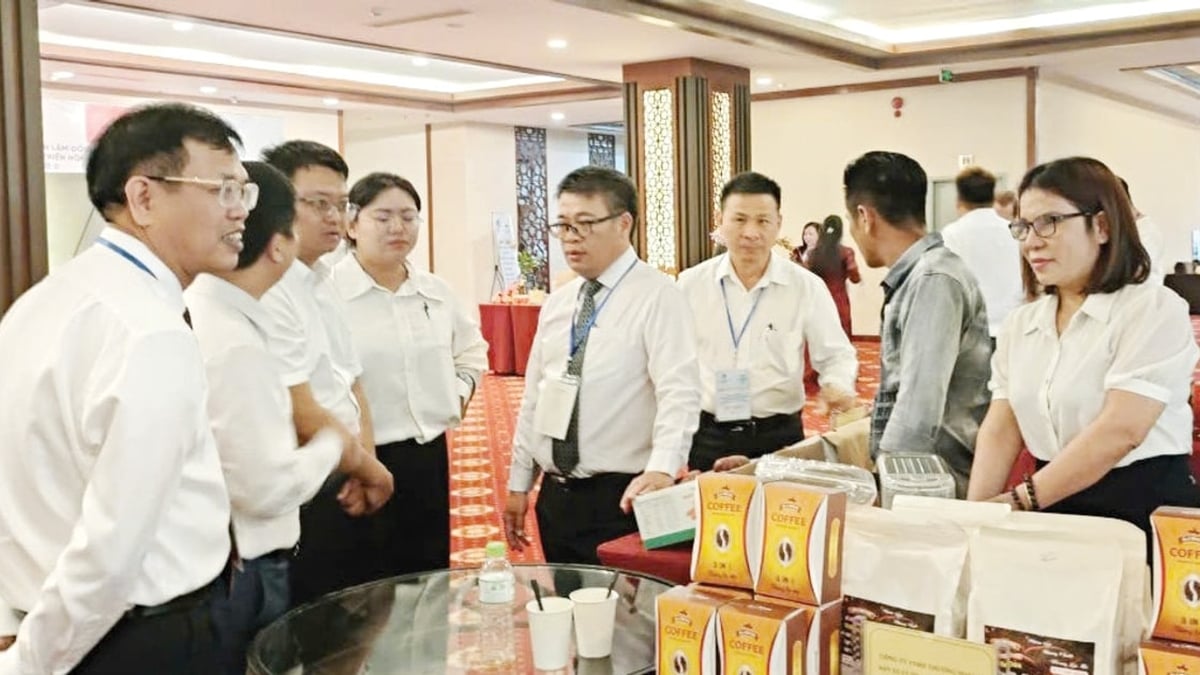


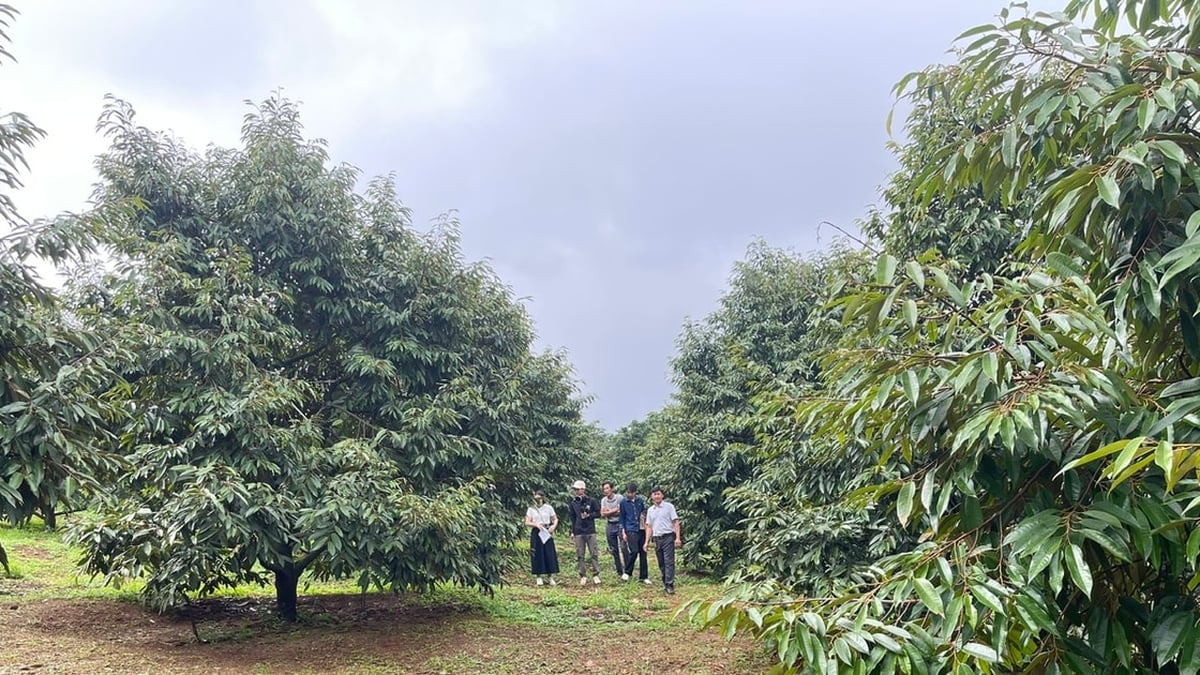
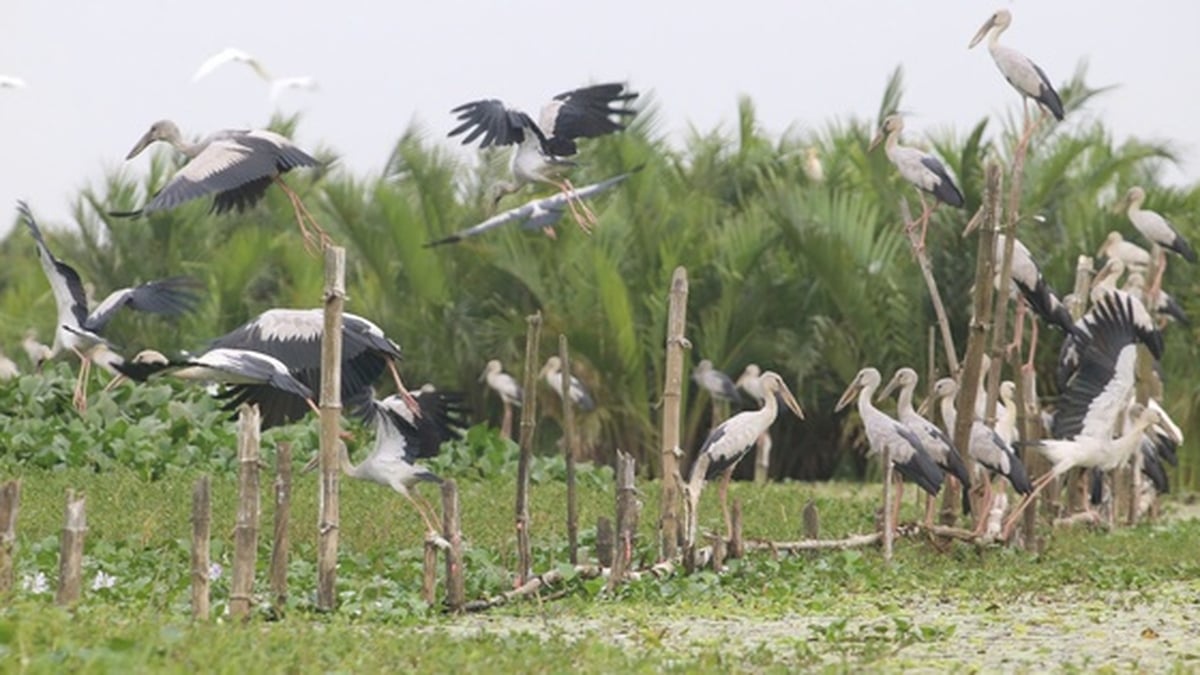
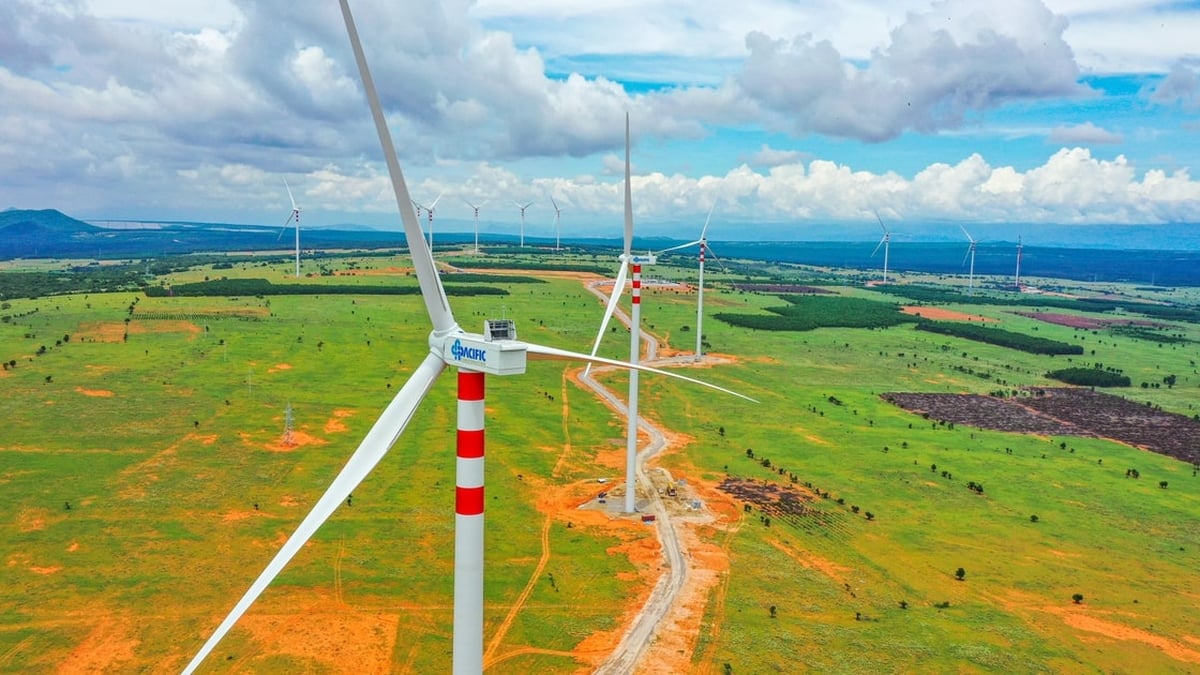
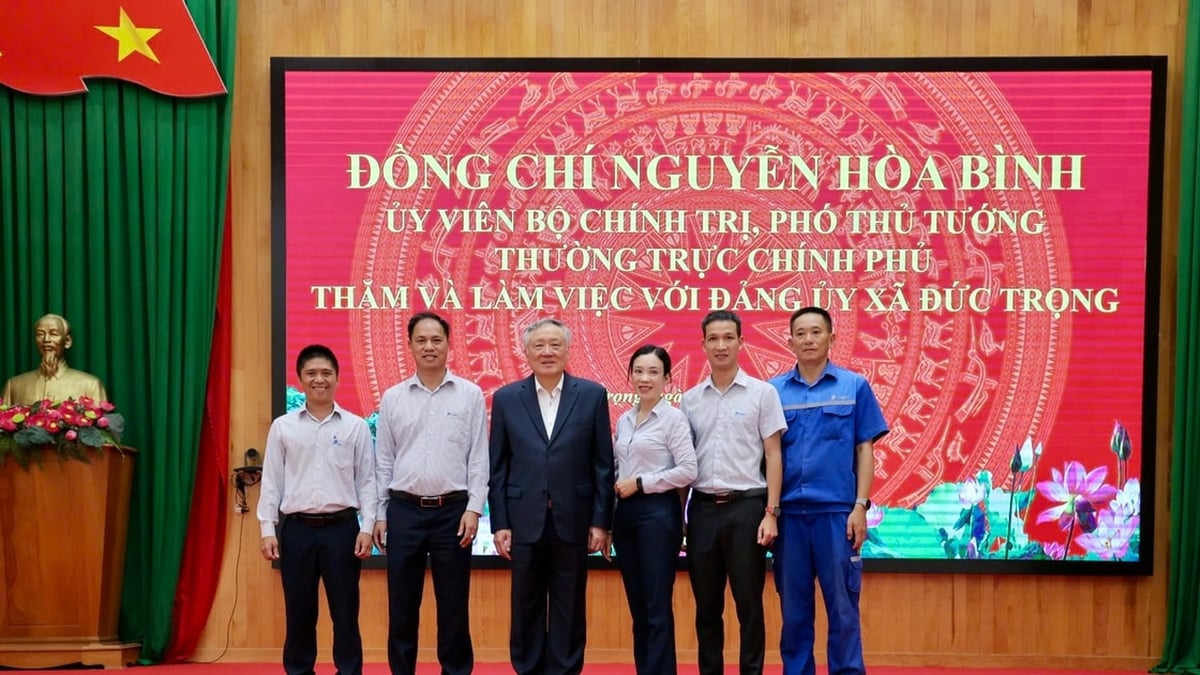
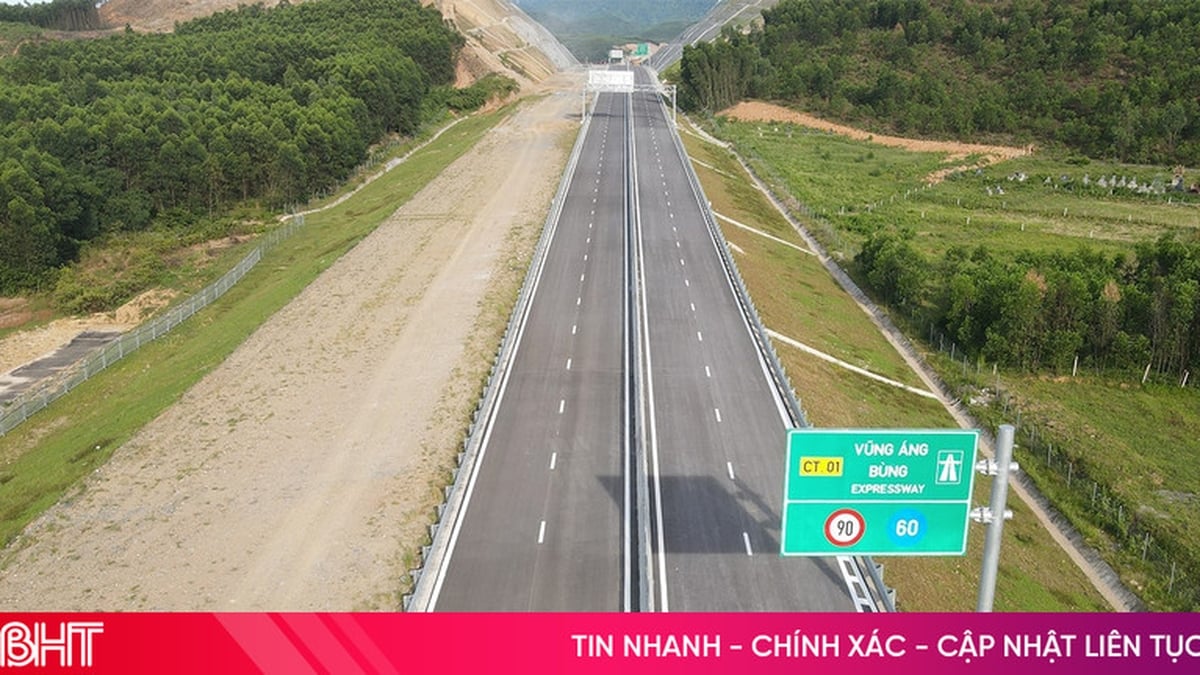


































































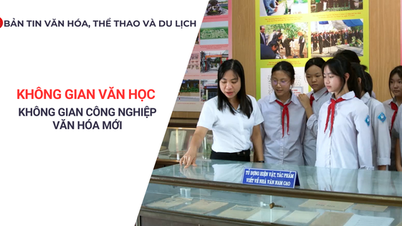

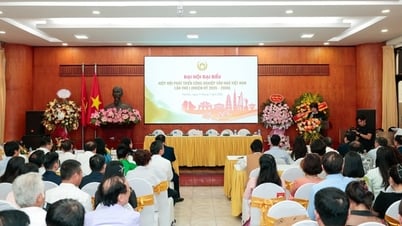





















Comment (0)